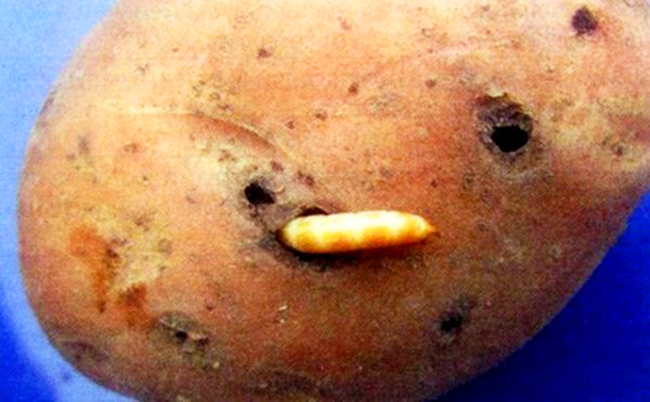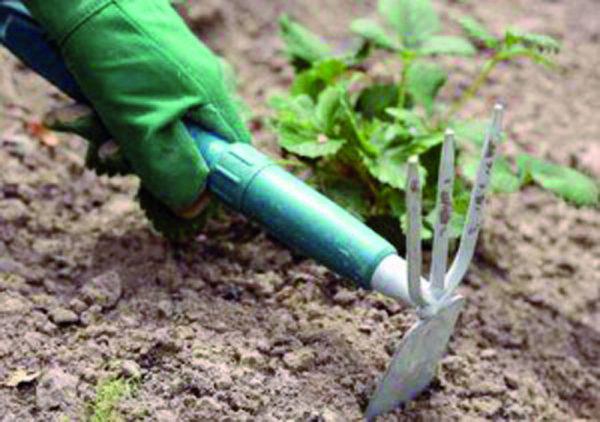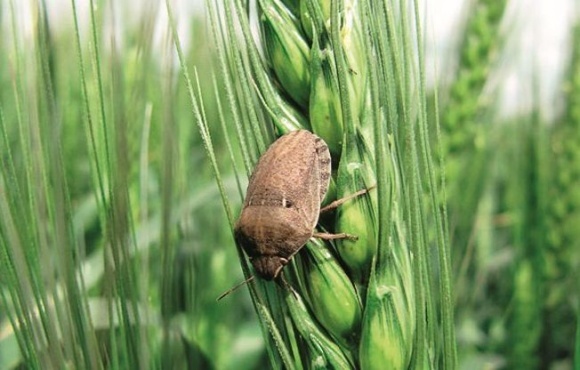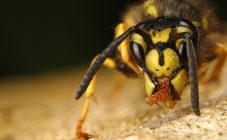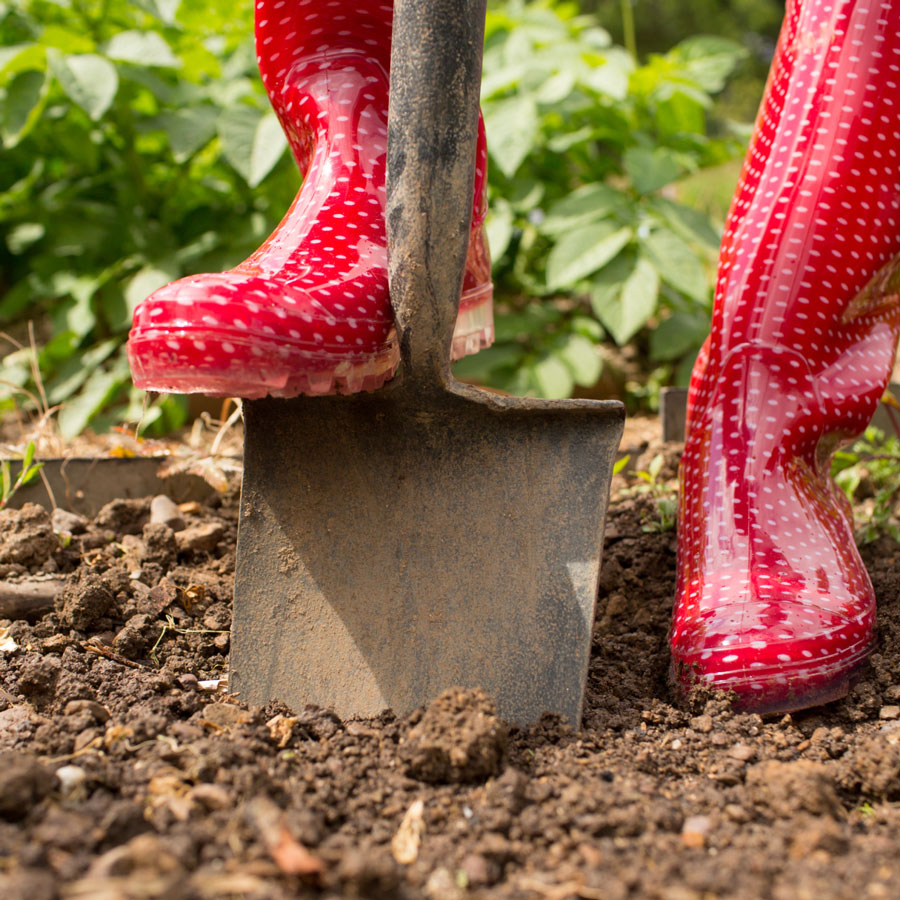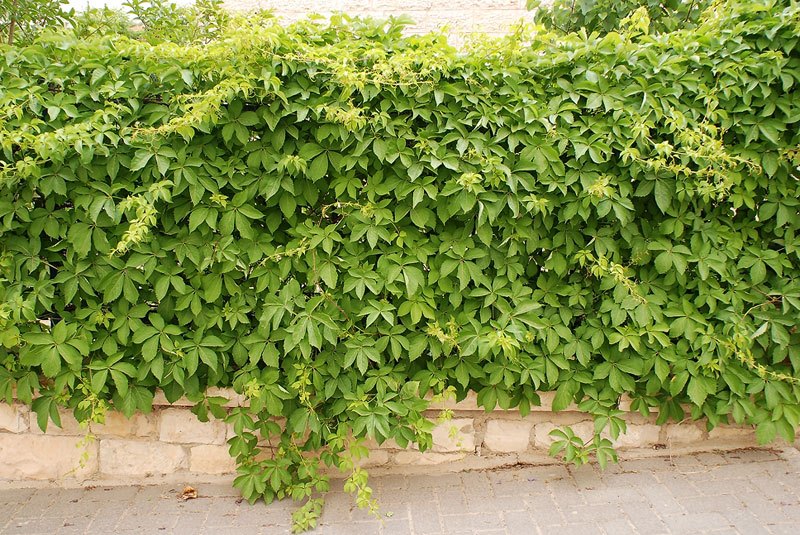Content:
As a rule, the appearance of a wireworm on a potato patch can be determined immediately. The negative impact on planting is to grind the tubers and shoots of the potato bush. Since the depth to which it is able to bury itself can be several meters, it is not easy to get to this pest. However, there are a number of ways to protect potatoes from wireworms and how to handle them.
Potatoes as a garden crop
A variety of fruit and vegetable crops such as potatoes is considered the most important vegetable, which is grown in almost every summer cottage as soon as spring comes. The homeland of potatoes is the South American continent. The appearance of these edible root vegetables in Western Europe, thanks to Columbus, dates back to the 16th century.
However, despite the fact that potatoes were introduced to our country even under Peter I, their popularity as a garden culture became widespread only by the end of the 19th century. Thus, in Russia, potatoes have long been considered the second bread, occupying almost the main place on our tables. This root vegetable is suitable for consumption in many ways of cooking:
- boiled;
- fried;
- baked;
- as an independent dish;
- as a side dish;
- as a component in salads.
About the wireworm
Wireworms are 3-centimeter-long click beetle larvae that affect most of the tuber crop by creating complex tunnels in the root crop.
At the time of germination of infected potatoes in the ground, the following types of parasites are colonized in the pulp of the fruit:
- putrefactive bacteria;
- nematodes;
- spores of fungi.
Since the root system is also included in the area affected by the wireworm, the quantitative indicator of productivity, the harvest time of which is autumn, is significantly reduced.
The area where this potato pest lives is quite extensive, which is why its larvae can be found everywhere.
Planting potato bushes is attractive to the wireworm because of the large amount of minerals introduced into the soil by fertilization. The time of the most active manifestation of the vital activity of harmful larvae is considered the entire growing season - from the moment of germination of tuberous root crops to the drying out of the potato bush. However, the likelihood that breeding foci can be completely removed from the potato field is small. Therefore, the answer to the question: do they plant potatoes affected by wireworms, will definitely be negative.
Wireworm control methods
Despite the fact that it is not possible to completely remove this pest from the garden plot, there are ways to combat wireworms in a potato field, as well as advice on how you can significantly reduce the number of these pests and protect potato plantings from damage by their larvae, including:
- The introduction of substances into the soil that contribute to the death of potato pests, and also prevent the reproduction of this type of insects;
- Arrangement of various traps with baits, both for larvae and for adults;
- Tubers are treated before planting using solutions enriched with active substances;
- Mechanical digging;
- Loosening the soil in the potato area.
The danger posed by the wireworm as a pest affecting the garden is in the infection of damaged root crops with various diseases, which results in an almost complete loss of yield, therefore, the fight against this insect is a necessary agronomic measure.
Preventive measures for wireworm larvae:
- Compliance with crop rotation;
- Timely harvesting of root crops;
- Decrease in soil acidity;
- Attracting biological species of birds and insects hostile to the click beetle to the garden plot, including:
- starling;
- thrush;
- turtle dove;
- rook;
- wagtail;
- tit;
- ground beetle.
- Destruction of weeds.
Making wireworm traps
There is more than one way to make and lay wireworm baits:
- Soak spoiled tubers in insecticide for 24 hours. Next, bury them in the ground in the place where the pest accumulates and mark this area by sticking a small branch into the ground. After a couple of days, collect tubers with crawling wireworm and get rid of them;
- Place slices of carrots and chopped potatoes in a half-liter glass jar and bury, leaving the neck flush with the ground. A homemade trap of this type will collect both larvae and adult beetles. However, it is recommended to cover the neck with paper to make it difficult for the insect to get out;
- Before spring planting activities, a wire with carrots, beets and potatoes strung on it can be buried to a 10-centimeter depth along the entire length of the ridge. All this should be cut into pieces. After 3 days, vegetables with caught larvae can be fed to chickens;
- Since during the day adult beetles hide in humid shaded areas, heaps of grass or mullein can be used as bait for them. After a few days, the insects collected during the daytime must be burned in a fire. A similar event must be carried out in the autumn season, provided that the grass and mullein lie before the onset of a cold snap;
- The permanent habitat of wireworm larvae is the seedlings of plants such as:
- corn;
- oats;
- barley;
- wheat;
- mustard.
The creation of the bait consists in planting a small amount of seeds of the above crops 2 weeks before planting potato tubers, so that later pests that have settled on the plants are removed with them. Planting new crops can be carried out throughout the summer season, however, the seed must first be kept in an insecticidal solution that can destroy a significant population of wireworms.
Chemical and folk methods of struggle
The list of folk methods includes:
- Unfolding the ground eggshells throughout the planting area;
- Etch the wells before planting the tubers using a solution made from 500 grams of nettle infusion (instead of it you can take 200 grams of dandelion) diluted in 10 liters of water. The amount of this essence is enough to etch 20 planting holes. Such processing must be carried out within a week every 3 days;
- When digging the soil, in order to reduce the acidity indicator, notify the soil with one of the following neutralizing substances:
- lime;
- a piece of chalk;
- ash;
- dolomite flour.
- You can use this wireworm remedy for planting potatoeslike ammonium nitrate or ammonium sulfate, introduced in an amount of 20 grams per 1 m2 into the soil, makes the larvae burrow deeper into the ground;
- Root fertilization with potassium permanganate solution, at the rate of 4 grams per 10 liters of water, is applied: a measure of 200 grams - one hole.
The list of drugs based on chemistry includes the following names:
- Decis;
- Karate;
- Actellik;
- Fastak;
- Barguzin;
- Initiative;
- Zemlin.
Other pests and diseases of potatoes
The main list of pests and diseases affecting potato planting material includes:
- Colorado beetle;
- stem nematode;
- bear;
- late blight;
- common scab;
- black scab;
- brown rot;
- fusarium;
- phomosis;
- ring rot.
The appearance of a wireworm on a potato plot poses a danger in the form of an almost complete loss of the crop. However, by regularly carrying out activities on how to get rid of a wireworm in a potato plot, you can protect root crops from its effects. In addition, this article provided an answer to a frequently asked question: is it possible to plant wireworm-affected potatoes.
